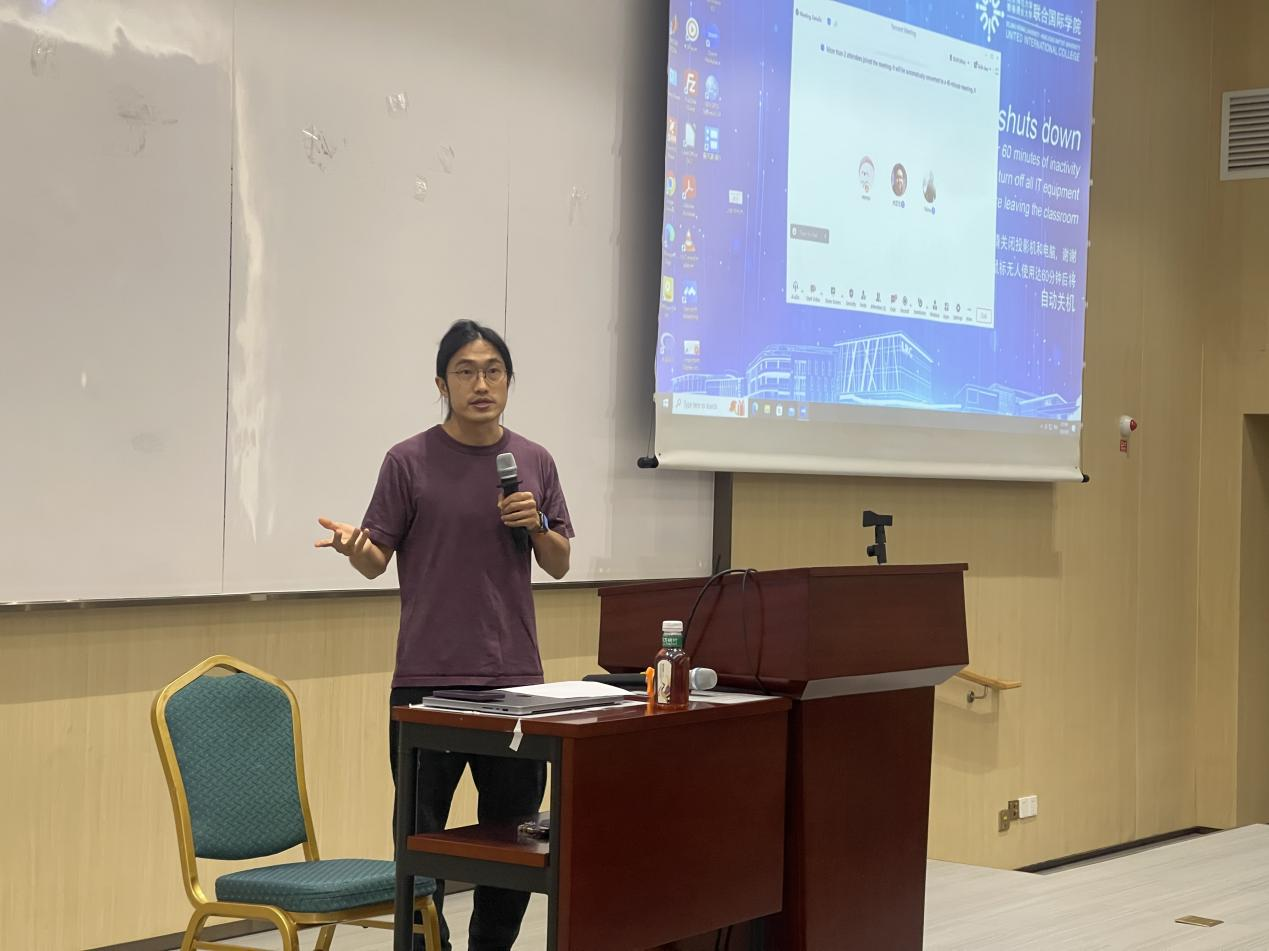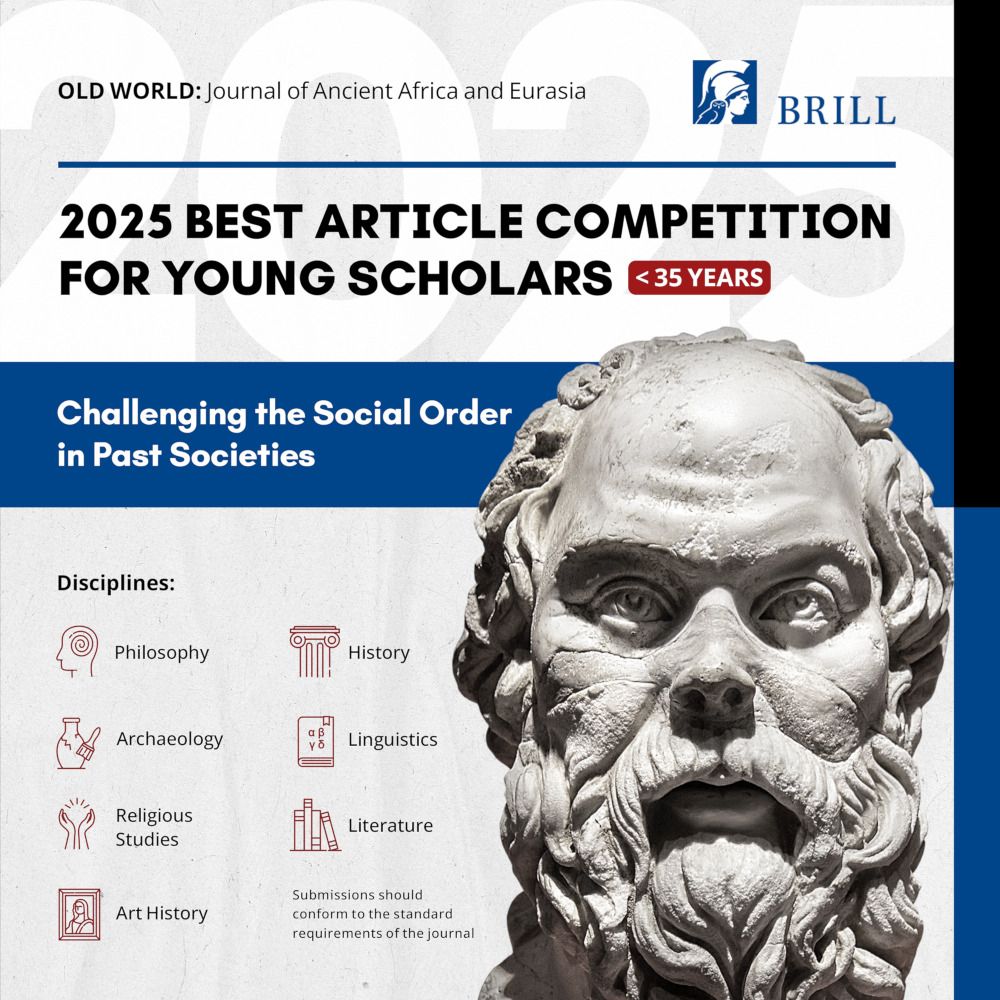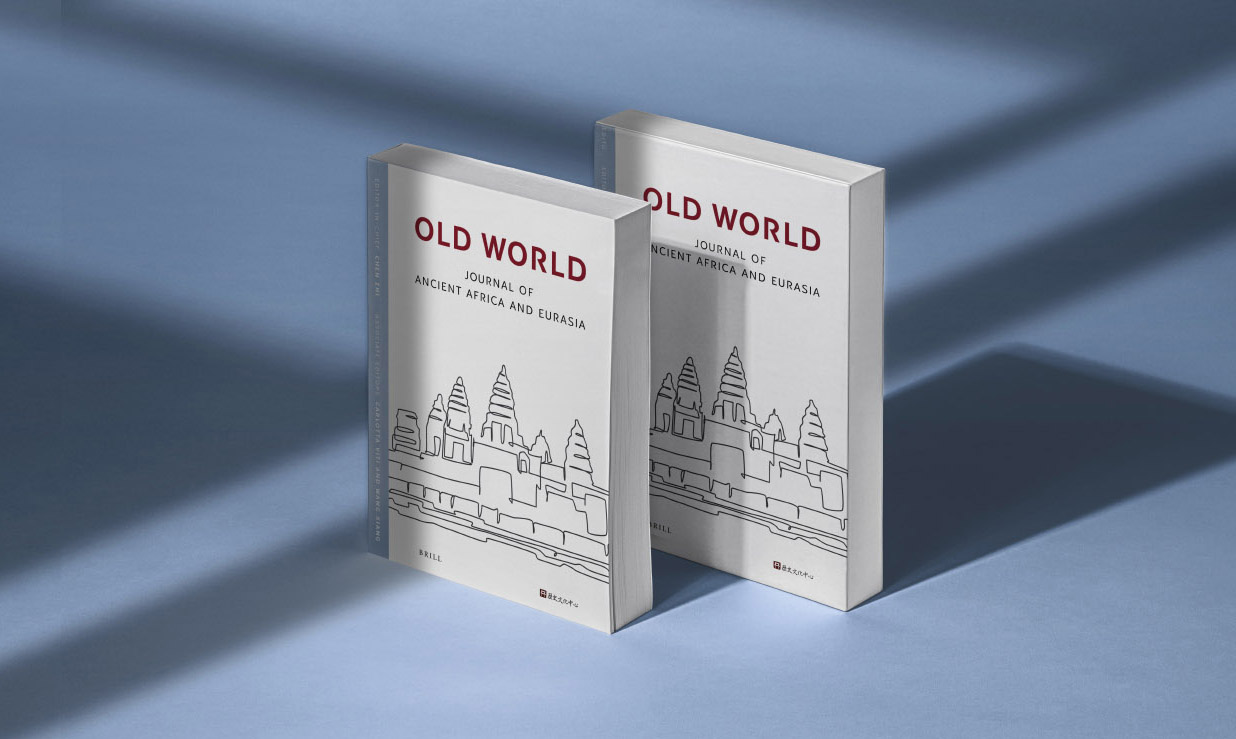
Christine
Finding Direction in Dislocation: Dr Chen Zhan's Lecture "Are We the Generation Left Behind by AI?"On the afternoon of May 20th, RCHC invited Dr Chen Zhan to give a special lecture entitled "Are We the Generation Left Behind by AI" at BNBU. The lecture included three stories spanning across time and space, discussing the cognitive limitations in the AI era and the possible direction of human civilization. ...
READ MORE

Old World: Journal of Ancient Africa and Eurasia is pleased to announce the second annual competition for young scholars. The topic for 2025 is "Challenging the Social Order in Past Societies". All authors aged 35 or below (born on 20 September of 1989 or later) are eligible to participate in the competition. The winner will be announced before 15 December, 2025. The prize is $1000. ...
READ MORE

RCHC is pleased to announce the winner of the 2025 Best Article Competition for Young Scholars organized for the journal Old World: Journal of Ancient Africa and Eurasia. After the initial screening and shortlisting, the Editorial Board members voted in favour of an article by Jana Matuszak, Assistant Professor of Sumerology at the University of Chicago. Her submission, “Doing Gender in Babylon: The Construction of Ideal Womanhood in Sumerian Literature from the Early 2nd Millennium BCE”, was acknowledged as a brilliant contribution that combines deep philological analysis with thought-provoking insights into the gender roles in ancient Mesopotamia. ...
READ MORE

Old World is an inclusive, non-Eurocentric, multi-disciplinary journal devoted to the study of temporal, spatial, economic, social, and linguistic aspects of ancient civilizations from the Old World, namely Africa, Asia, and Europe.
READ MORE

Fully Open Access

Non-Eurocentric Vision of Ancient World

Quick Turnaround

Published by BRILL
 A Preliminary Survey of Rock Art and Early Powers in the Lower Nile Valley during the Late 4th Millennium BC
A Preliminary Survey of Rock Art and Early Powers in the Lower Nile Valley during the Late 4th Millennium BC
 Combining Geo-Archaeology and Historical Nile Records to Understand Predynastic Settlement Patterns in the Region of the Nile’s First Cataract
Combining Geo-Archaeology and Historical Nile Records to Understand Predynastic Settlement Patterns in the Region of the Nile’s First Cataract
 Beyond the Ultima Thule on the Open Sea: the Chinese and Western Encounters in Trans-cultural Literary Perspectives
Beyond the Ultima Thule on the Open Sea: the Chinese and Western Encounters in Trans-cultural Literary Perspectives
 Ancient Greek and Indian Social Contract Theories: a Comparison
Ancient Greek and Indian Social Contract Theories: a Comparison
 Prayojana and Phala: Reception of the Mahābhārata Through Its Commentaries
Prayojana and Phala: Reception of the Mahābhārata Through Its Commentaries
 Comparing Rhetoric in Antiquity: The Greek and Indian Cases in Perspective
Comparing Rhetoric in Antiquity: The Greek and Indian Cases in Perspective
 A Mediterranean Thesaurus: Substratal Plant Names and Landscape Terms in Latin and Romance
A Mediterranean Thesaurus: Substratal Plant Names and Landscape Terms in Latin and Romance
 Replacing “Ethnicity” with Investigations of More Specific Identities in the Ancient Nile Valley
Replacing “Ethnicity” with Investigations of More Specific Identities in the Ancient Nile Valley
 New Insights into Middle Nubian Ceramic Traditions at Elephantine: An Attempt for a Better Understanding of Cultural Complexities in Upper Egypt and Nubia
New Insights into Middle Nubian Ceramic Traditions at Elephantine: An Attempt for a Better Understanding of Cultural Complexities in Upper Egypt and Nubia
 De-Constructing the Pan-Grave Horizon: A Community-based Approach
De-Constructing the Pan-Grave Horizon: A Community-based Approach